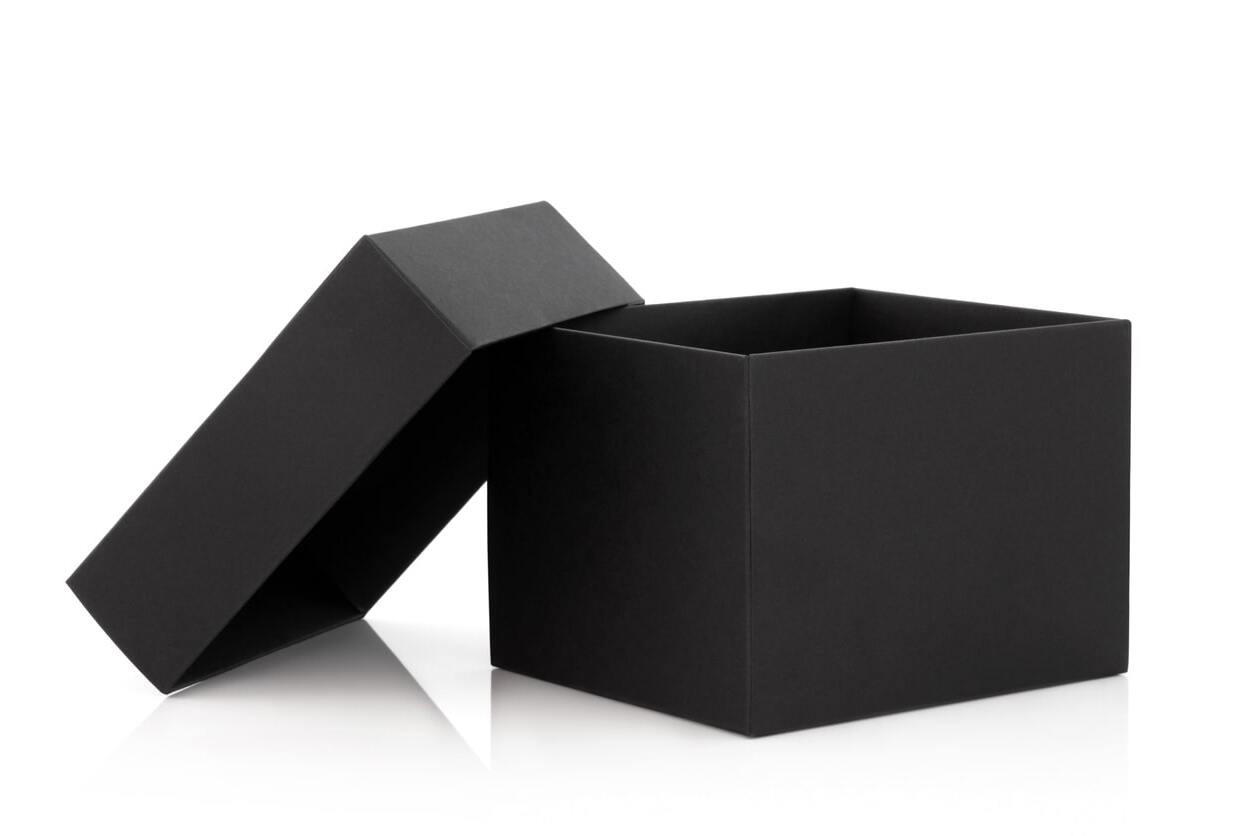
What is a black box? A black box, also known as a flight data recorder, is a device installed in aircraft to record flight information and cockpit conversations. Why is it called a black box? Despite the name, black boxes are usually bright orange to make them easier to find after a crash. How does it work? These devices capture crucial data like altitude, speed, and engine performance, helping investigators understand what happened during a flight. Why are they important? Black boxes play a vital role in improving aviation safety by providing insights into accidents. Who invented it? Dr. David Warren, an Australian scientist, developed the first black box in the 1950s.
What is a Black Box?
Black boxes, also known as flight recorders, are crucial in aviation. They help investigators understand what happened during an aircraft incident. Here are some fascinating facts about these devices.
-
Black boxes are not black. They are actually bright orange to make them easier to locate after a crash.
-
Two types of recorders exist. One records flight data, while the other captures cockpit conversations.
-
They are incredibly durable. Built to withstand extreme conditions, black boxes can endure temperatures up to 1,100 degrees Celsius.
-
They can survive underwater. Black boxes are designed to function at depths of up to 20,000 feet.
-
They emit signals. When submerged, black boxes send out ultrasonic signals to help search teams find them.
History of Black Boxes
The development of black boxes has a rich history, evolving significantly over the years to improve aviation safety.
-
First introduced in the 1950s. The concept of flight recorders was pioneered by Australian scientist Dr. David Warren.
-
Initially met with resistance. Early black boxes faced skepticism from airlines and pilots who were concerned about privacy.
-
Mandatory in commercial aircraft. By the 1960s, regulations required all commercial aircraft to be equipped with black boxes.
-
Continuous improvements. Over the decades, black boxes have evolved to store more data and withstand harsher conditions.
-
Digital recorders replaced analog. Modern black boxes use digital technology for more accurate and extensive data recording.
How Black Boxes Work
Understanding the mechanics behind black boxes can shed light on their importance in aviation safety.
-
Record multiple parameters. Flight data recorders capture information like altitude, speed, and engine performance.
-
Cockpit voice recorders capture audio. These devices record conversations between pilots and air traffic control, as well as other sounds in the cockpit.
-
Data stored in memory units. Black boxes use solid-state memory to store data, which is more reliable and durable than older magnetic tape systems.
-
Powerful batteries. Equipped with long-lasting batteries, black boxes can continue to emit signals for up to 30 days after a crash.
-
Self-activating. Black boxes automatically start recording when the aircraft's engines are turned on.
Importance of Black Boxes in Investigations
Black boxes play a critical role in understanding and preventing future aviation accidents.
-
Provide crucial evidence. Data from black boxes helps investigators piece together the events leading up to an incident.
-
Improve safety protocols. Findings from black box data often lead to changes in aviation regulations and safety measures.
-
Aid in pilot training. Information from black boxes is used to train pilots on how to handle emergency situations.
-
Help families find closure. Black box data can provide answers to families of victims, helping them understand what happened.
-
International cooperation. Countries often collaborate to analyze black box data, sharing insights to enhance global aviation safety.
Challenges in Recovering Black Boxes
Despite their robust design, recovering black boxes can be a challenging task.
-
Remote crash sites. Accidents in remote or inaccessible areas make it difficult to locate and retrieve black boxes.
-
Deep-sea recoveries. When crashes occur over oceans, black boxes can end up at great depths, complicating recovery efforts.
-
Signal interference. Underwater signals can be disrupted by ocean currents, making it harder to pinpoint the black box's location.
-
Time-sensitive searches. The 30-day battery life of black boxes means search teams must act quickly to find them.
-
Environmental hazards. Harsh weather conditions and dangerous terrain can pose risks to recovery teams.
Future of Black Box Technology
As technology advances, black boxes continue to evolve, promising even greater contributions to aviation safety.
-
Real-time data streaming. Future black boxes may transmit data in real-time, allowing for immediate analysis during flights.
-
Enhanced durability. Ongoing research aims to make black boxes even more resilient to extreme conditions.
Black boxes remain a vital tool in aviation, constantly evolving to ensure safer skies for everyone.
The Final Word on Black Boxes
Black boxes, despite their name, are usually bright orange to aid in recovery after accidents. These devices are crucial for understanding what happened during crashes, storing flight data and cockpit conversations. They’re built to withstand extreme conditions, including high-impact crashes and intense fires. Modern black boxes can record up to 25 hours of flight data and two hours of cockpit audio. They’re equipped with underwater locator beacons that emit signals for up to 30 days, helping search teams find them in the ocean. While they don’t prevent accidents, they provide invaluable information that helps improve aviation safety. Knowing these facts about black boxes gives us a better appreciation for the technology that helps keep air travel safe. Next time you board a plane, remember the small, resilient device working silently to ensure safer skies for everyone.
Was this page helpful?
Our commitment to delivering trustworthy and engaging content is at the heart of what we do. Each fact on our site is contributed by real users like you, bringing a wealth of diverse insights and information. To ensure the highest standards of accuracy and reliability, our dedicated editors meticulously review each submission. This process guarantees that the facts we share are not only fascinating but also credible. Trust in our commitment to quality and authenticity as you explore and learn with us.


